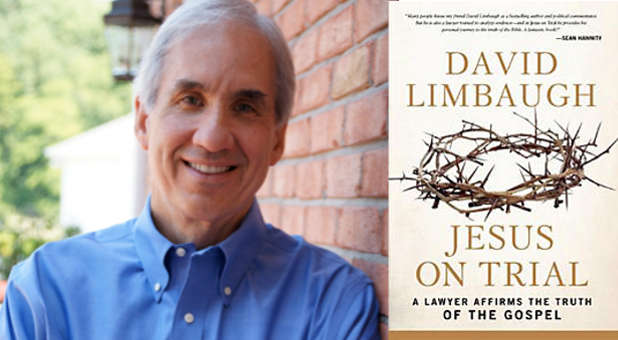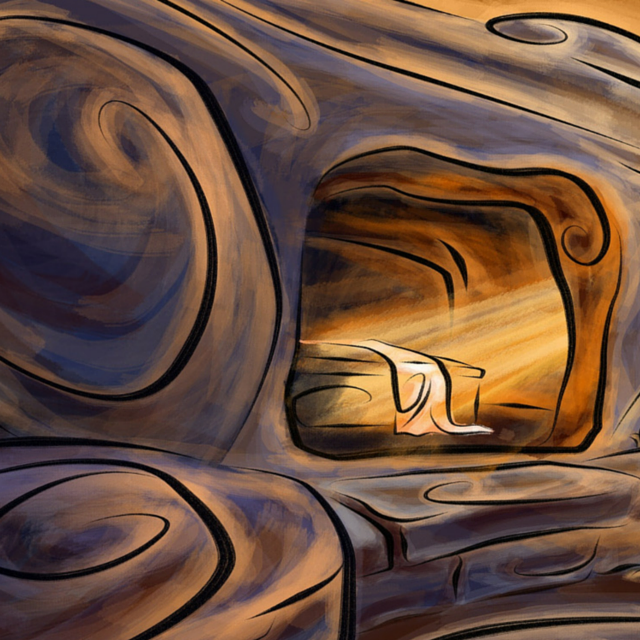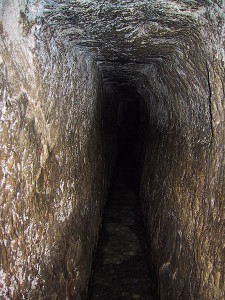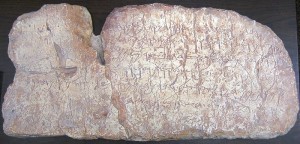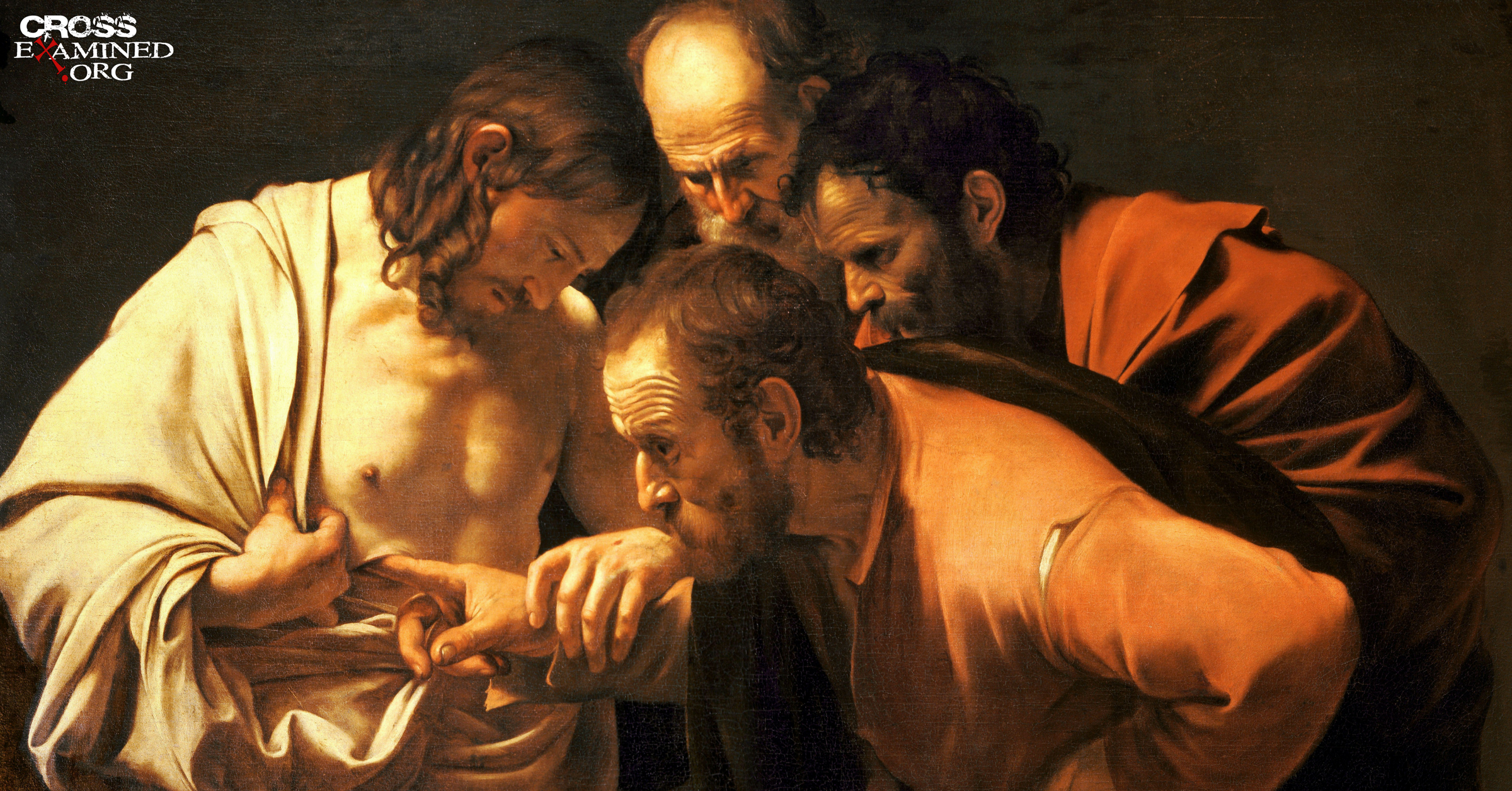Silent you stand before the altar of death! Life here and life after constitute an eternal conundrum; but its expiring spark awakens us to holy devotion and quiets every other voice except religion. Eternity has the floor.
~Alfred Nobel: read at his funeral (1896)
The above words were spoken at Alfred Nobel’s funeral service in 1896. In life Nobel was an interesting but ironic man. He is remembered, of course as the Swiss chemist and engineer who invented dynamite among other things, and also the man whose name is associated with coveted prizes in physics, chemistry, literature and peace. Nobel was also an atheist, and yet he also left large sums of money to churches. In 1888 when Nobel was reading through a French newspaper, he was astonished to read about his own obituary – the heading was “The merchant of death has died.” As it turned out, it was actually his brother Ludwig that had died. It would only be eight years later that Alfred himself would die by a brain hemorrhage at age 63.
Apparently Nobel had given some thought to that moment when he would face his own mortality. It’s not a pleasant thought – thinking about one’s own death, but one day every person must stand in silence and enter that mysterious realm beyond this life on earth, or as Nobel says… that eternal conundrum…

The Old Testament patriarch Job pondered this question millennia ago when he asked, If a man dies, will he live again? (Job 14:14)
Atheists and materialists alike, stake their eternal souls on the belief and the affirmation that there is no afterlife or soul which survives the body after physical death. But is science equipped to answer such a question? Pascal would say no.
In the 17th Century (the 1600’s) a brilliant Frenchman (child prodigy, pioneering mathematician, inventor of the world’s first mechanical calculator, philosopher and scientist)[1] named Blaise Pascal put forth a rather strange argument for religious faith – and not just generic religious faith, but faith in full orbed Christianity.[2]
This is Pascal’s famous argument called “The Wager” (or The Bet).
But first let’s clear up a common misconception and make one clarification about Pascal’s famous Wager.
(1). He is not proposing “faith in faith” (a blind leap in the dark), but assumes that we have our data correct (faith is only as good as its object) – i.e. that the true God is the God of Christianity and that salvation is found only in a belief in Jesus Christ and that rejection of Him will result in eternal damnation.[3]
(2) Similar to the above notion – the Wager should not be considered in complete isolation from the larger work of Pascal’s Pensees (his apologetic for Christianity).
As philosopher James R. Peter’s observes, “Properly understood, the wager makes a compelling but limited point….”[4]
Kreeft clarfies:
“The Wager is not an attempt to prove the God exists. It is not a new argument for the existence of God. Rather it tries to prove that it is eminently reasonable for anyone to “bet” on God, to hope that God is, to invest his life in God. It moves on the practical, existential, human level rather than the theoretical, metaphysical, theological level. …It is not an alternative to the traditional arguments for the existence of God… [the Wager]…is addressed to unbelievers, to those who are skeptical of both theoretical reason and revelation.”[5]
What Pascal’s Wager highlight’s is the fact that we are all “in the game” – there is no neutrality on the question of God’s existence or of eternal salvation in Jesus Christ.
He writes:
“Let us examine this point, and let us say: ‘Either God is or he is not.’ But to which view shall we be inclined? Reason cannot decide this question. Infinite chaos separates us. At the far end of this infinite distance a coin is being spun which will come down heads or tails. How will you wager? Reason cannot make you choose either, reason cannot prove either wrong.
Do not then condemn as wrong those who have made a choice… ‘No, but I will condemn them for not having made this particular choice, but any choice, for although one calls heads and the other one are equally at fault, the fact is that they are both at fault: the right thing is not to wager at all.’
Yes, but you must wager. There is no choice, you are already committed. What will you choose then? Let us see: since a choice must be made, let us see which offers you the least interest. You have two things to lose: the true and the good: and two things to stake: your reason and your will, your knowledge and your happiness.”[6]
Finally and interestingly, the Wager comes down to a pleasure (or a happiness) calculus – which appeals to what a person has the potential to gain from such a wager.
Here is what is at stake.
A. God exists (& Christianity is true)
- If I believe it and it turns out to be objectively true then I gain eternal happiness and lose nothing.
- If I do not believe it and it turns out to be objectively true then I lose everything (including happiness and pleasure).
B. God does not exist (Christianity is not true)
- If I believe this and it is objectively true then I gain nothing and lose nothing.
- If I do not believe this and it is objectively true then I gain nothing and lose nothing.
If Christianity is true then those who don’t believe it have everything to lose. But if it is not true then nothing, in the end, is lost to the pious believer. It is really the unbeliever who has more to lose if they are wrong.
Pensee 241 provides a good summary:
I should be much more afraid of being mistaken and then finding out that Christianity is true than of being mistaken in believing it to be true [& it not actually be true].
On death’s threshold “eternity has the floor,” then religious questions don’t seem so silly after all.
What will you choose then?
[1] For an old but excellent biography of Pascal’s life see Morris Bishop’s classic, Pascal: The Life of Genius (New York: Reynal & Hitchcock, 1936)
[2] See his Pensees, 418.
[3] For more on this point see Peter Kreeft’s excellent book, Christianity for Modern Pagans: Pascal’s Pensees Edited, Outlined & Explained (San Francisco: Ignatius Press, 1993), pp. 292-3.
[4] James R. Peters, The Logic of the Heart: Augustine, Pascal, and the Rationality of Faith (Grand Rapids: Baker Academic, 2009), 188-9.
[5] Kreeft, pg. 291 [emphasis mine].
[6] “233” in Pensees, Translated by W.F. Trotter, Robert Maynard Hutchins, Editor in Chief, Great Books of the Western World, (Chicago: Encyclopedia Britannica, 1952), 213-6 [emphasis mine].



